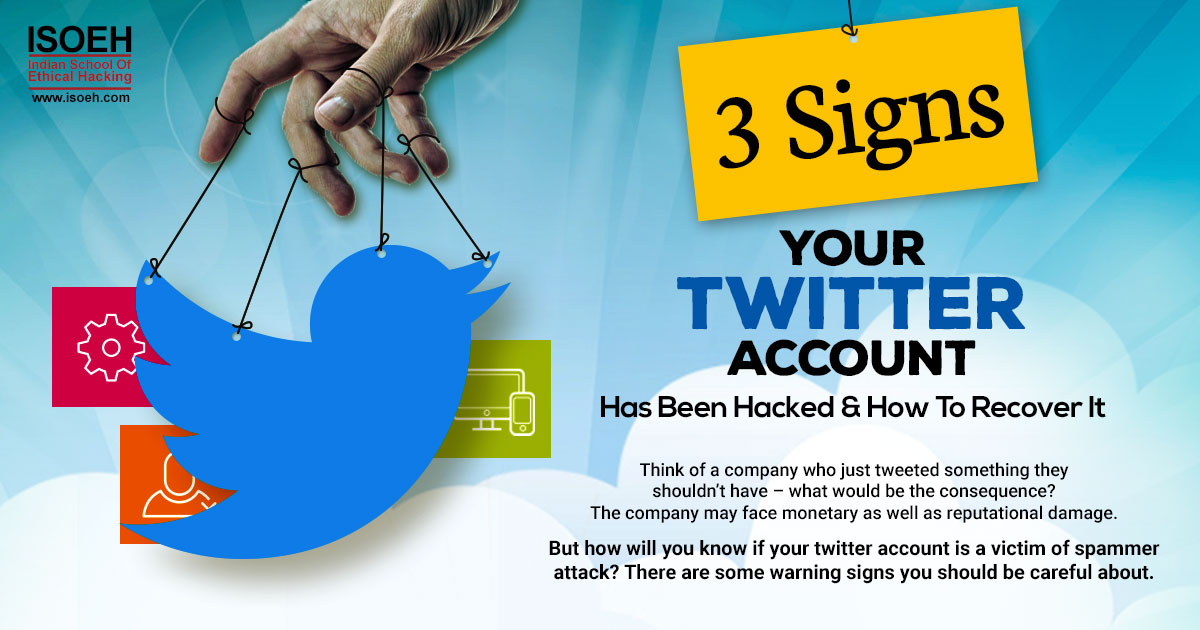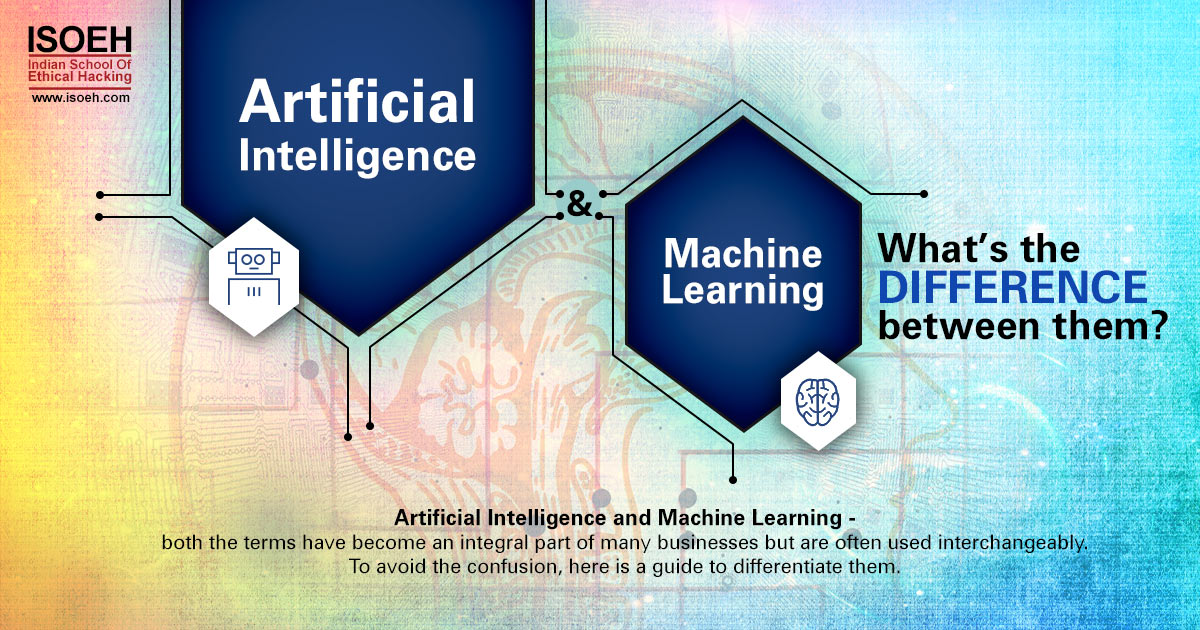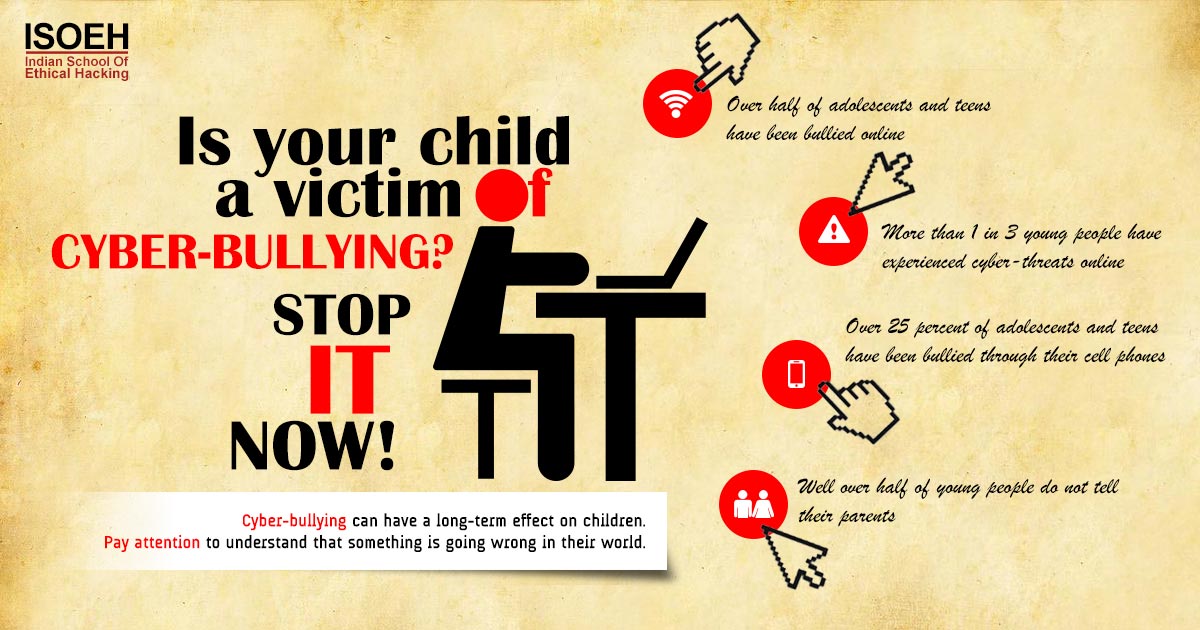
As we know, the last 10 years have been dominated by mobile phones and the coming years will be the era of IoT. Experts are predicting that Flutter is going to become the gas that will fuel the phone technology and IoT next generation revolutions. The software will allow these devices to change your daily life and generate billions of dollars yearly by small and big companies.
What is Flutter?
Flutter is Google's evolutionary development platform that will allow programmers to write in one, simple language for both iOS and android phones.
Quick facts about Flutter:
- Flutter is free and open-source mobile SDK that is perfect for students or anyone who wish to develop app on a limited budget.
- Flutter is a framework created and maintained by Google and it is primarily used for creating applications in Google Fuchsia.
- Flutter apps are built using Dart, a simple object-oriented programming language.
- Flutter uses C++ rendering engine.
- Flutter provides its own widgets.
- Its architecture is based on reactive programming.
After lots of trials and attempts, Google has finally solved the mobile development complications with Flutter.
But before you embrace it, let's have a look at the pros and cons involved with Flutter.
Pros:
- The greatest benefit about using Flutter is, it is cross platform. You can use the same code base for your iOS and Android App. This is definitely time and cost saving.
- You can easily develop quick prototypes for your app with Flutter. The initial setup may be lengthy but you can easily build the first screen using existing structure from the templates provided and replacing the body of the app with your own fields.
- With Flutter, you can develop apps quickly even on a relatively low-end machine.
- It has a hot reload feature where developers can instantly see all the changes they have made to the code in the app. So, it becomes easy for teams to add new features, fix bugs and experiment with the appearance.
- Dart compiles into native code and there is no need to access OEM widgets as Flutter has its own. It is the only mobile SDK that provides reactive views without requiring a JavaScript bridge. This contributes to fast app startup times and less performance issues.
- Flutter uses Material Design for its default components which make producing a professional looking app easier.
- Flutter is a Google initiative and there is great support from the Material Design team and a community of over 1000 developers who are willing to share thoughts to improve the framework.
Cons:
- Since Flutter is still in preview stage, some developers do not trust it for building a complex commercial app. It is best suited for simpler apps and prototypes.
- Flutter caters to mobile apps only and isn't supported by web browsers. Those who want maximum device flexibility, Flutter is not a right decision.
- Since the framework is relatively new, you won't find all the functionality you are looking for. The limited library is a disadvantage. Developers need to build these libraries themselves which is time consuming.
- The APK of a Flutter app will almost always be considerably larger than that of a native app. Even trivial Flutter apps are at least 6-7 mb in size.
- Flutter offers no support for Android TV and Apple TV.
Final thought:
Flutter has many advantages for app developers. With Flutter, you can make beautiful, high performance, outstanding mobile apps according to your needs and requirements with ease that save time and money. But it must not be forgotten that Flutter is still developing and improving. It is not 100% ready. So, if you have some long term planning with Flutter, consider to wait for its stable version release.
Want to learn Android App Development?
Click here »Hacking Tools
Explore All Hacking Tools »
UFTP is an encrypted multicast file transfer program for secure, reliable & efficient transfer of files. It also helps in data distribution over a satellite link.
Read DetailsBreaking News
Breaking News Of Each Month »
The recent pandemic was unexpected and unknown to most part of the world. It has changed our life and we are slowly adapting to our new lifestyle. The risks associated with the new lifestyle, both personal & corporate, are unknown to most of us.
Read Details



















